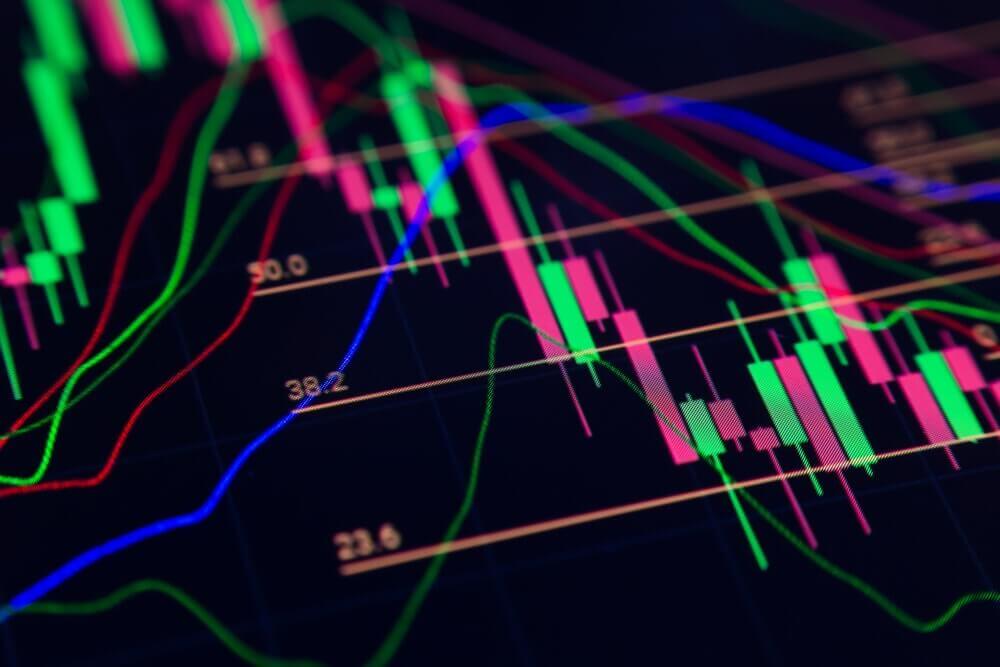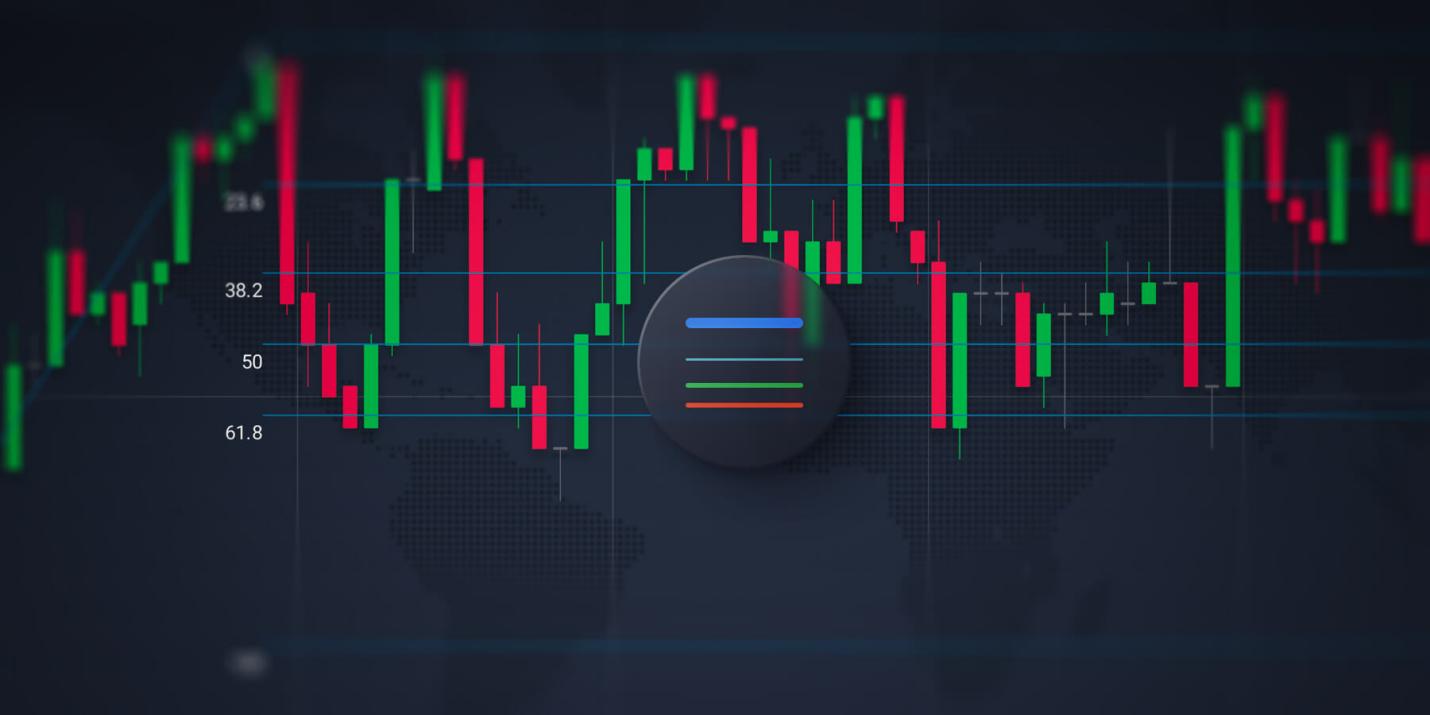Full Retirement Age for Social Security
The age at which you decide to call it quits might significantly impact your financial situation. The information that you need is detailed below.
Triston Martin
Oct 01, 2023
Every day, stock prices are different. Often, they'll trend in one direction before bucking the trend and moving in the opposite direction. Impulses are price movements in the same direction as the trend, whereas pullbacks are price movements in the opposite direction.
The Fibonacci retracement levels show potential turning points when a correction might resume its advance in the original prevailing direction. Because of this, they may be used by traders as a reliable indicator for determining when to enter a trend.

The Fibonacci from which the levels take their name, was presented to the West by the Italian mathematician Leonardo of Pisa, or Fibonacci, in the 13th century. This is how the chain of events begins. There is a progression of numbers where the third number equals the sum of the previous two. Each number in the series is about 61.8% of the following number, approximately 38.2% of the next, and about 23.6% of the number after that. If you take 23.6 off of 100, you get 76.4.
Fibonacci and other mathematicians found that the sequence frequently appears in natural spiral forms like those seen in seashells, flowers, and even the stars. The pace of a spiral's expansion is close to the rate calculated from Fibonacci proportions.
Some people think that these proportions may be used to extrapolate beyond merely natural forms and into the realm of predicting human behavior. The basic idea is that when individuals feel uneasy about the pace of change, they will alter their actions to slow or halt the trend.
This idea proposes that if people have $100 in their wallets and spend $61.80, they will scale down their spending or stop altogether.

Stocks are thought to retrace by one of the Fibonacci retracement levels, which range from 23.6% to 38.2% to 61.8% to 76.4% when the trend is powerful in one direction. A 50% figure is also used in some models.
If a stock price suddenly increases from $10 to $11, the subsequent drop might be as little as 23 cents and as high as 76 cents.
Two descending trends are to the right and left of the 61.8% mark and the 38.2% mark. This is an application of the Fibonacci sequence. According to the hypothesis, this type of stock market trend is common since human conduct always takes this form.
The Fibonacci level further confirms a short-sell signal generated by your day trading system in that price range. The Fibonacci levels can also serve as warning signs when the price is approaching locations where you should be looking for profitable trades.
If you believe the stock will recover from its current low price, this might be a good time to buy. Fibonacci retracement tools can be used with some degree of subjectivity. There are several price fluctuations throughout a trading day. Therefore no two people will draw the same conclusion.
It's possible that other people won't make the same connection that you do between those two points. To make up for this, you should draw retracement levels on every primary price wave, paying particular attention to the areas where a cluster of Fibonacci levels exists. That can point to a significant price level.
Fibonacci levels are helpful, but they won't always be able to predict when the market will change. They reveal a rough access zone rather than a specific doorway. No one can say that the price will halt and reverse at any certain Fibonacci level.
Retracing a whole wave's worth of price action might indicate that the trend has run its course. Additionally, the Fibonacci retracement technique may not be beneficial if applied to extremely tiny price changes.
Due to their proximity, practically every price point will seem significant. Fibonacci retracements may be used to keep an eye on potential reversal zones. Those levels might provide further confirmation if a trade signal occurs at a Fibonacci level.
Fibonacci sequences are just numbers represented as percentages. One must determine the magnitude of the prior increase or decrease to determine a Fibonacci progression level. The change in the portions is based on this shift. If a stock price changes by $10, from $230 to $240, the corresponding level change is also $10. Multiply $10 by 76.4%, then remove that sum from $240 to get the 76.4% Fibonacci level.
Full Retirement Age for Social Security
The age at which you decide to call it quits might significantly impact your financial situation. The information that you need is detailed below.
What is Tax Exempt Earnings
To be exempt from paying taxes to regulators or government bodies means that a business or individual does not have to pay taxes. Here you may learn more about what it implies to be exempt from paying taxes.
Guide about Tax-Free Weekend Sales
A tax-free week is a time when a state that usually charges sales tax doesn't charge it on certain purchases. Several states that provide a tax-free weekend do so up to a particular financial level. This indicates that the total worth of all eligible items must be less than a specified threshold. In most cases, exceptions are also made. Sports gear, including helmets and pads, is often excluded. Based on where you call home, you may have to do some driving to take full advantage of the situation in these states.
Learning About: What Is Mirror Trading?
The term "mirror trading" can also apply to imitating a successful trader's actions. These commercial currents don't compete with one another but mirror one another. Mirror trading, which is defined as the simultaneous buying and selling of the same security, is not the focus of this article.



